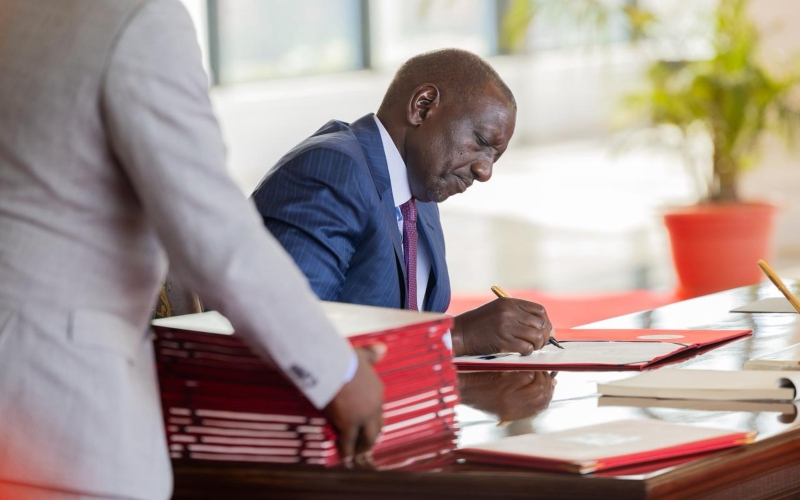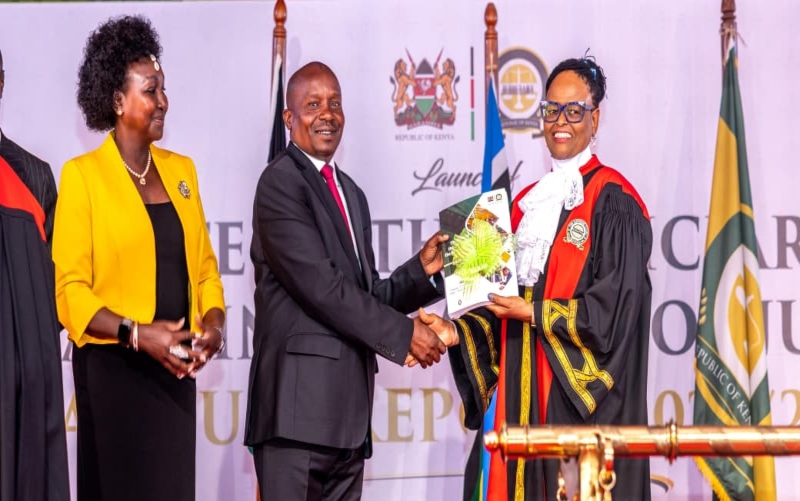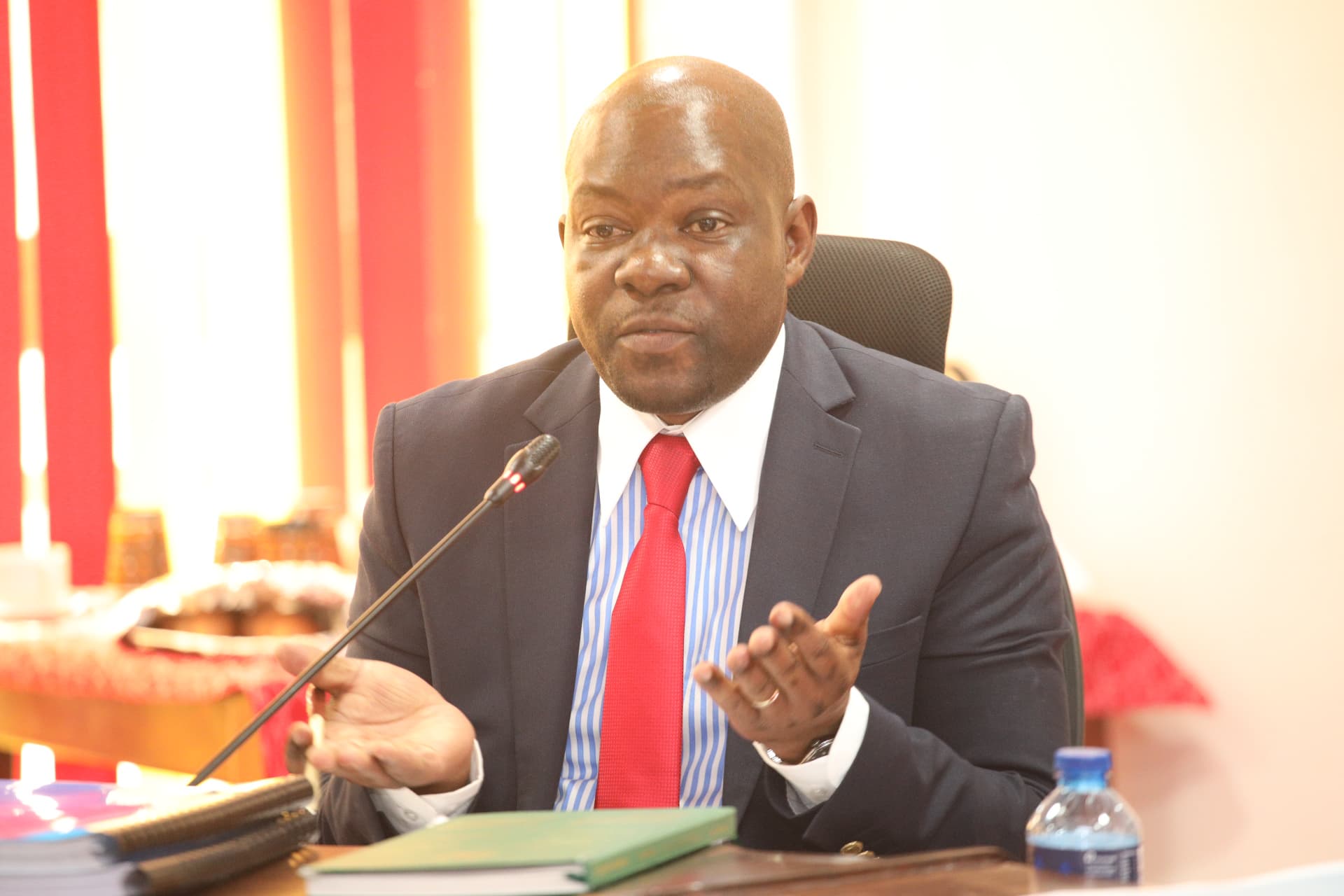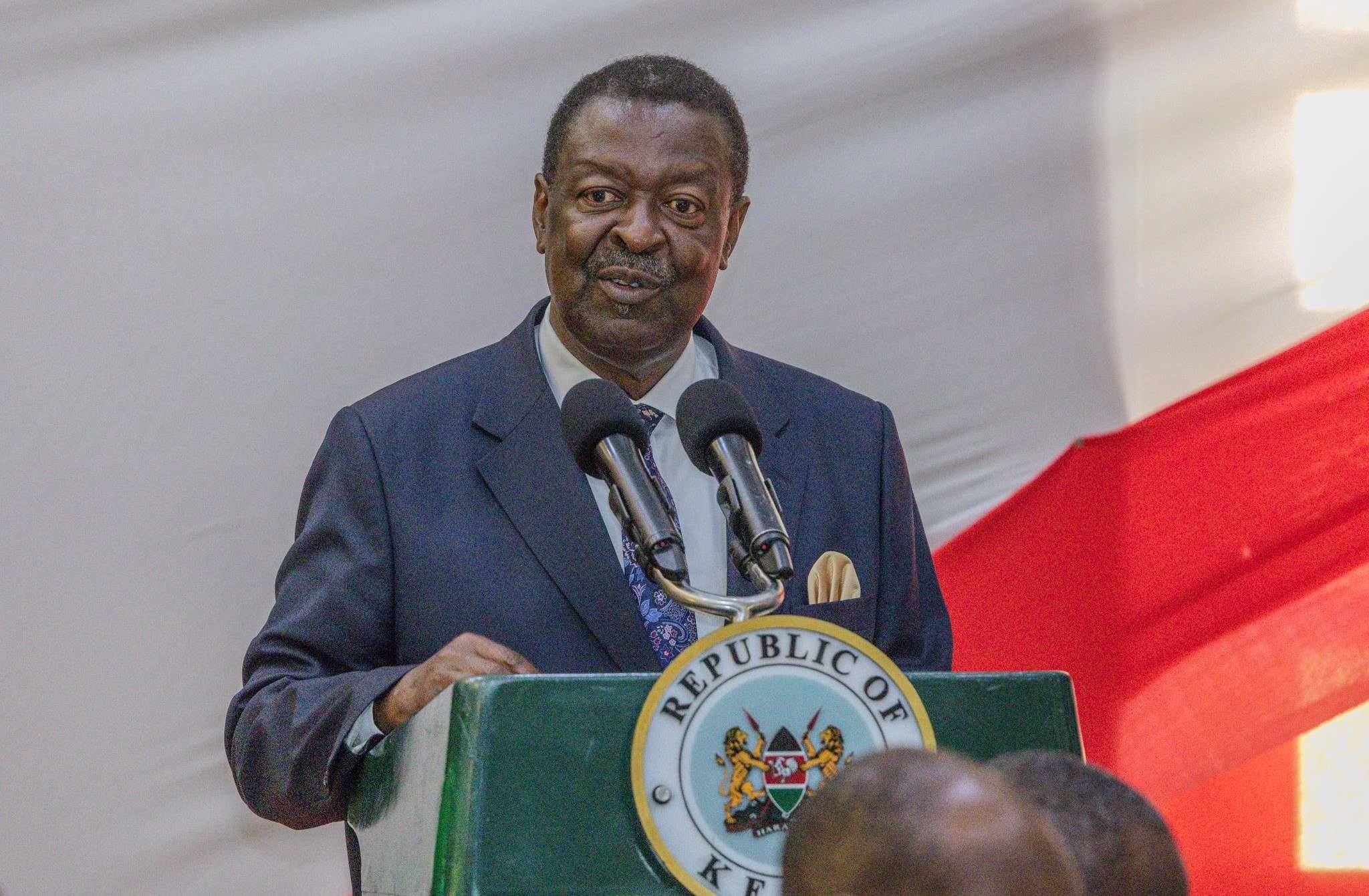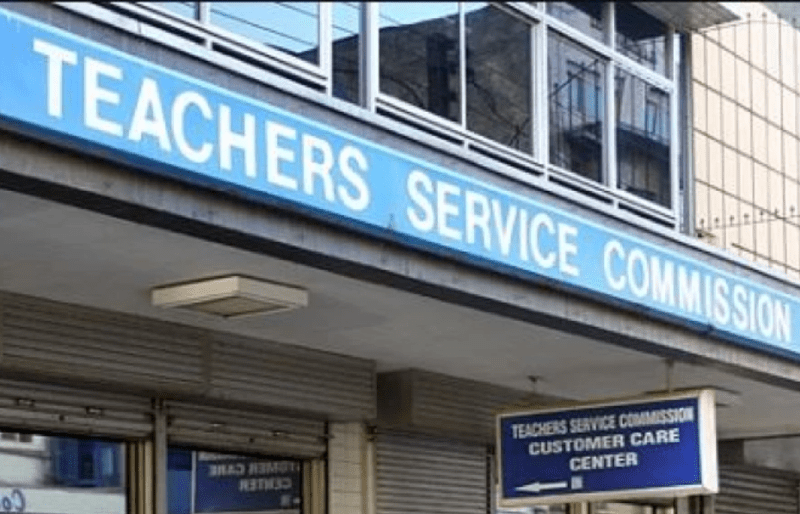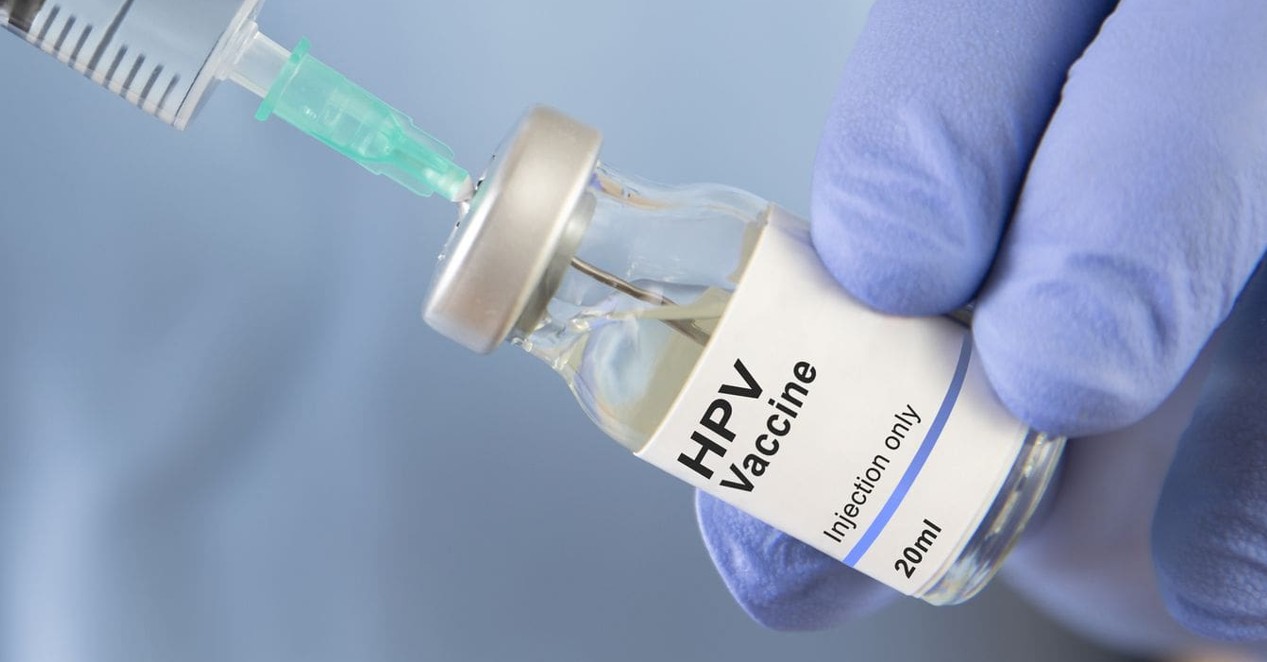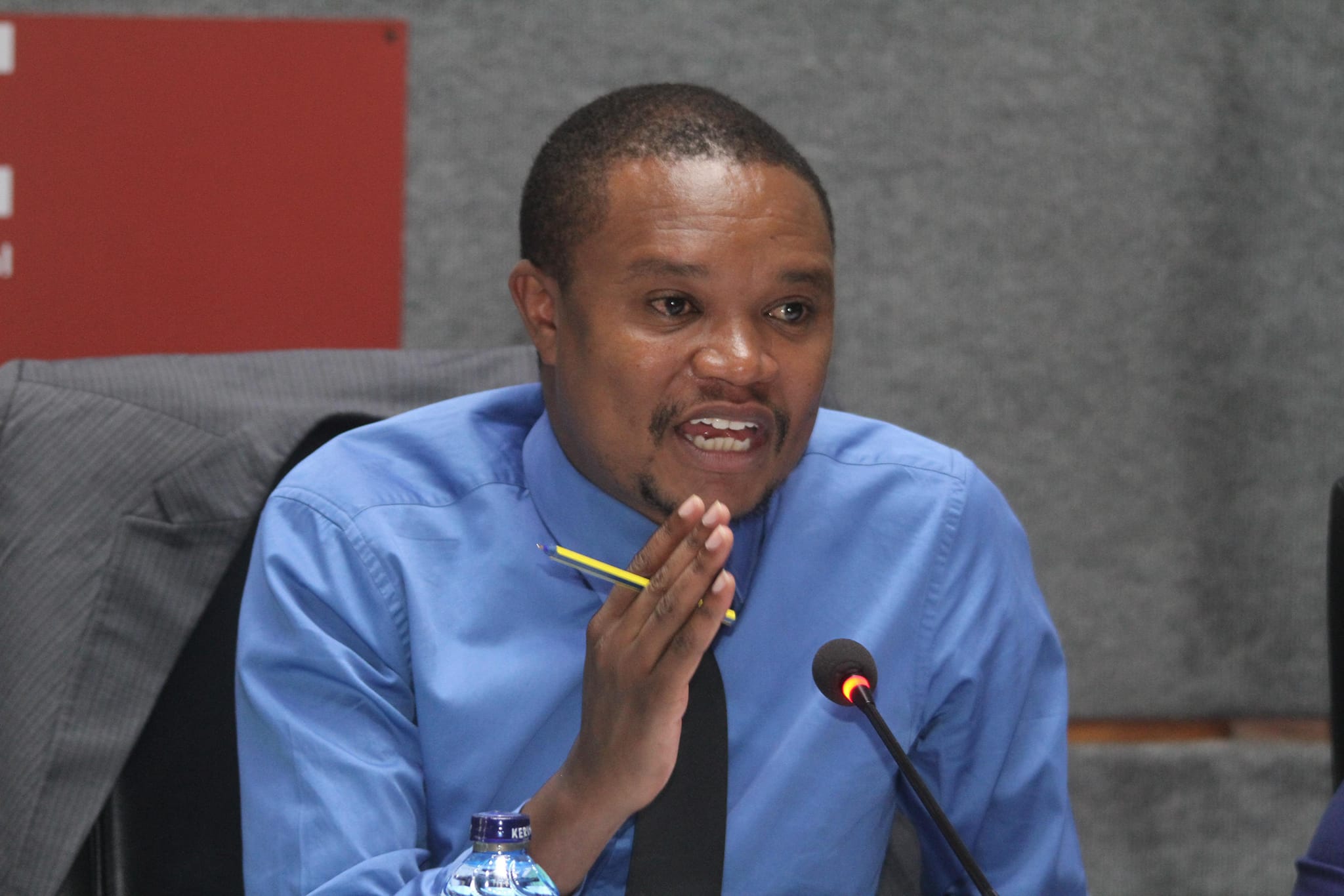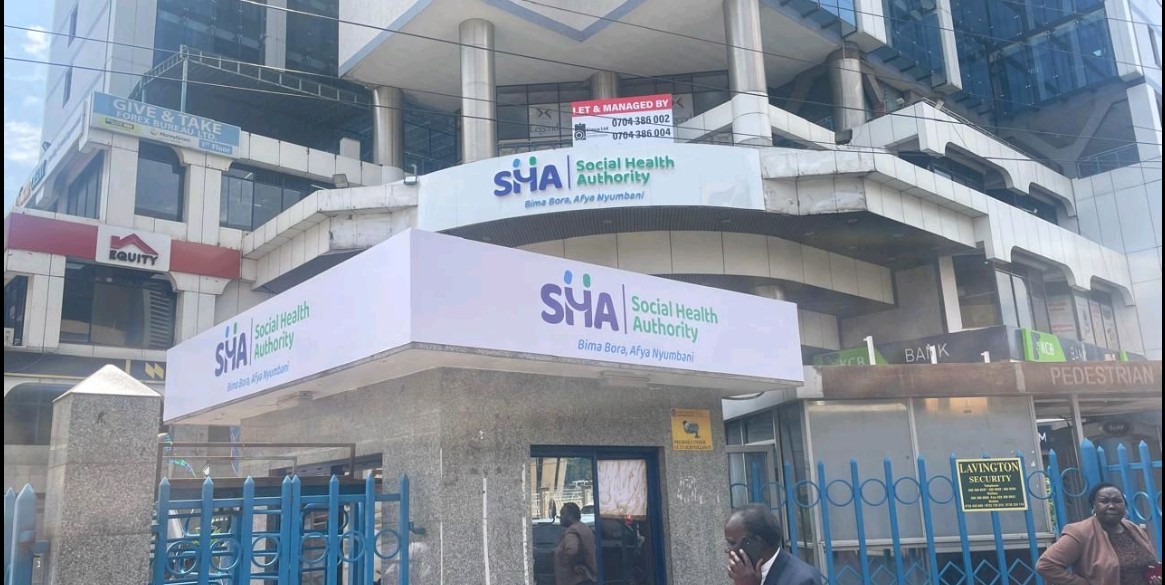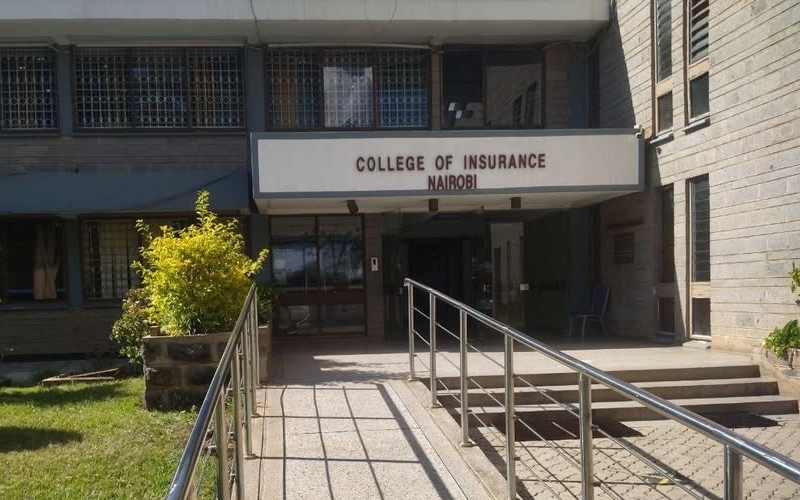Garissa Referral Hospital stages surprise mass-casualty drill to gauge disaster preparedness
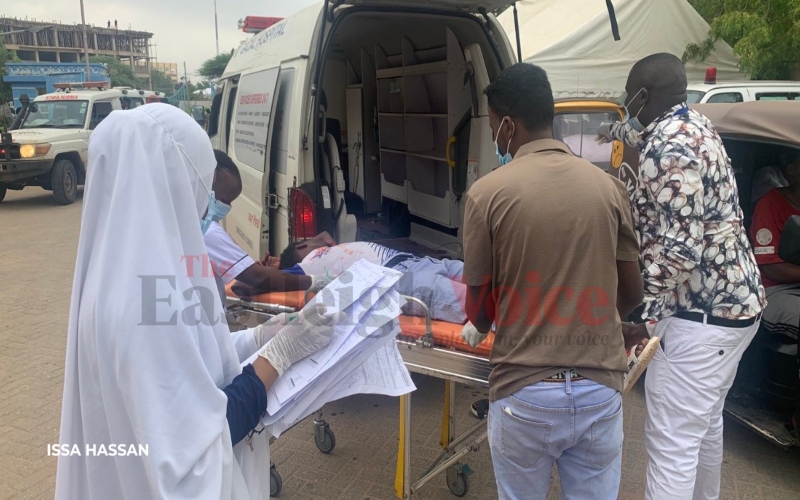
Kenya Red Cross Garissa branch coordinator, Daud Ahmed, said the simulation successfully activated multiple emergency components.
Garissa County Referral Hospital was briefly plunged into confusion on Friday when the Kenya Red Cross, in partnership with the International Committee of the Red Cross (ICRC), staged an unannounced mass-casualty drill to test the facility’s preparedness for real disaster scenarios.
Sirens wailed as ambulances sped through the hospital gates, startling members of the public who had gathered outside the Accident and Emergency Unit. The swelling crowd, caught off guard, was quickly pushed back by police as the simulation intensified.
More To Read
- Red Cross launches Sh2.4 billion emergency appeal to combat escalating climate crisis
- Mpox detected in Garissa, patient isolated as officials trace contacts
- Five aid workers killed, three missing after attack in Sudan’s North Kordofan
- Over 80 per cent of health facilities in Eastern DRC left without humanitarian support, ICRC warns
- Christians and the British empire: How a church NGO got entangled in colonial Kenya’s violence
- Ruto appoints veteran humanitarian Abbas Gullet as chair of KNH board
Inside, nurses sprang into action after a megaphone announcement by the hospital administrator declared a “mass accident emergency”. As part of the simulation, police officers mobilised in response to reports that a passenger bus travelling from Dadaab to Garissa had “struck an improvised explosive device”.
The first ambulance screeched to a halt moments later, carrying a "victim" impaled through the chest by a metal rod - an intentionally shocking scenario designed to mirror the brutality of real mass-casualty events. Another patient in the drill presented with a severe spinal injury, exposing a critical gap at the Level 5 facility: the absence of spinal surgeons.
 A casualty is wheeled into Garissa County Referral Hospital during the emergency preparedness drill. (Photo: Issa Hussein)
A casualty is wheeled into Garissa County Referral Hospital during the emergency preparedness drill. (Photo: Issa Hussein)
"Among the major gaps exposed today was the lack of spinal specialists. Such a patient would need urgent referral to the national hospital," said Dr Hussein Buro, the acting CEO of Garissa Referral Hospital.
He admitted that the unannounced nature of the drill caught the facility off guard, forcing rapid mobilisation of staff, including emergency reinforcements from the Kenya Medical Training College-Garissa campus.
"It was a real test, but we did our best to manage the situation," he noted.
Garissa County Disaster Management Director, Mohamed Dubow, commended the hospital's performance, recalling the 2015 Garissa University terrorist attack that flooded the hospital with casualties.
"The response today was different, much improved. There are still gaps, and we will discuss them in a debriefing starting shortly," he said, adding that the drill would strengthen the county's disaster preparedness not just for terrorist attacks, but also for flood emergencies.
Kenya Red Cross Garissa branch coordinator, Daud Ahmed, said the simulation successfully activated multiple emergency components.
"We set up an emergency command centre, a blood donation tent, and other critical units needed during a real emergency," he explained, calling for even stronger coordination among partner agencies.
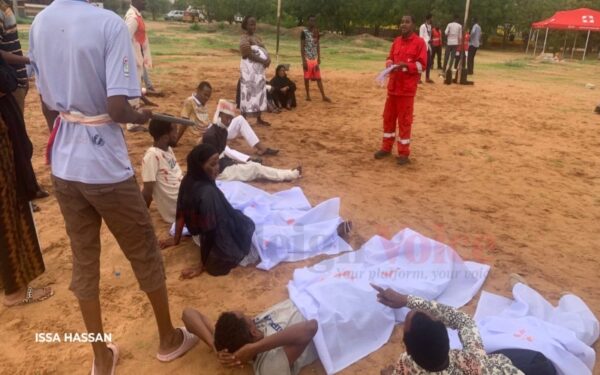 Participants lie on the ground to simulate a mass-casualty event, testing Garissa County Referral Hospital’s emergency preparedness. (Photo: Issa Hussein)
Participants lie on the ground to simulate a mass-casualty event, testing Garissa County Referral Hospital’s emergency preparedness. (Photo: Issa Hussein)
ICRC consultant Dr Simiyu Tabu praised both medics and police for their professionalism.
"I was impressed by how the police controlled traffic and crowds as ambulances streamed in. The medical teams also received and triaged casualties efficiently," he said.
Global surgeon specialist with ICRC, Ozoilo Kenneth Nnaetio, said the drill capped off intensive training offered to hospital staff and security agencies.
"Mass-casualty events are chaotic and overwhelming. Today's drill tested preparedness levels, highlighted existing gaps, and will guide improvements moving forward," he noted.
The dramatic exercise, though a simulation, offered a stark reminder of the harsh realities the region continues to face - and the critical importance of readiness when real tragedy strikes.
Top Stories Today
